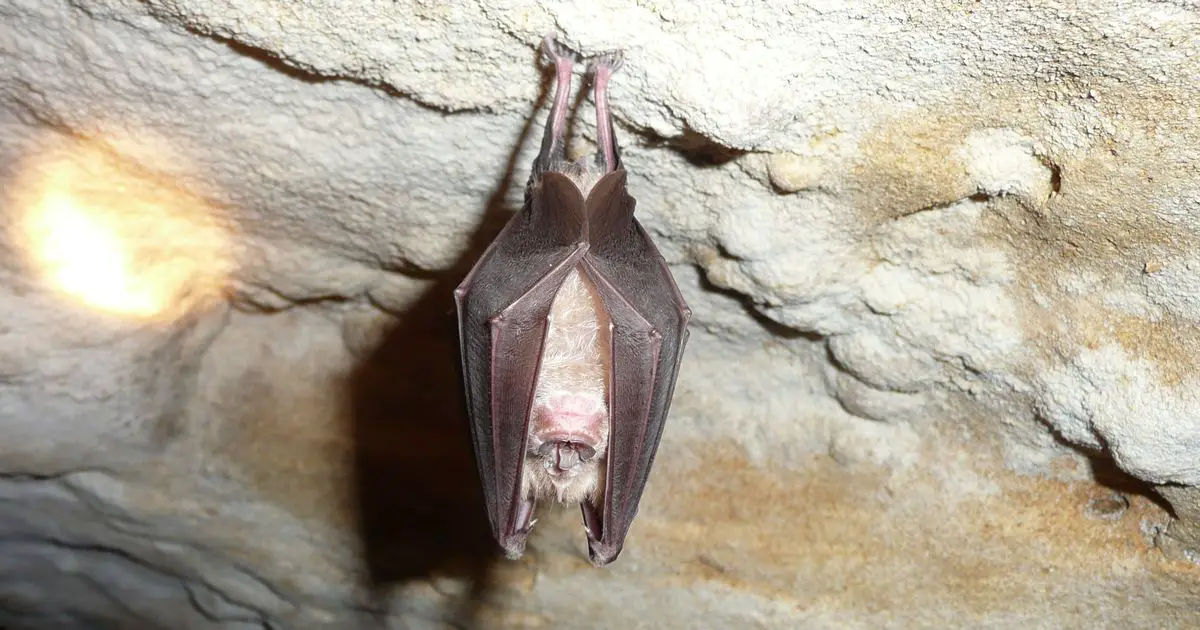Scientists say they have “unambiguously” linked the virus responsible for Covid-19 to horseshoe bats.
But they say “dramatically more wildlife sampling” is needed to pinpoint the creature that ultimately passed the virus to humans.
They also warned that there was “undoubtedly” a virus highly related to SARS-CoV-2 still present somewhere in the wild.
The study was led by the MRC-University of Glasgow Center for Virus Research and looked at the evolutionary history of bat coronaviruses related to SARS-CoV-2, the virus responsible for Covid-19.
Professor David L Robertson, senior author on the study, said: “Our analysis highlights the need for dramatically more wildlife sampling to pinpoint the exact origins of SARS-CoV-2 and understand more fully the risk of infection of humans by viruses like these across China and South East Asia.
“The finding of bat coronaviruses that can so readily use the human – and other mammals’ – ACE2 receptor without having to undergo any significant evolutionary change underscores the inevitability of future spillovers.”
The study also looked at the phenomenon of virus recombination, which is when a host bat is infected with two coronaviruses at once and the viruses swap parts of their genetic material inside host cells to create a new “recombinant” virus.
SARS-related coronaviruses, which include SARS-CoV-2, are dispersed over a large geographical area across China and South East Asia.
By tracing the recombinant sequence patterns, scientists concluded that there has been relatively recent geographic movement and co-circulation of these viruses’ ancestors, extending across their bat host ranges in China and South East Asia over the past 100 years.
The study stated that the origin of SARS-CoV-2 “can be unambiguously traced to horseshoe bats, genus Rhinolophus”.
But researchers said that a “direct proximal ancestor” to SARS-CoV-2 has not yet been found, since the closest known relatives collected in Yunnan shared a common ancestor with SARS-CoV-2 around four decades ago.
The new research analyzed a wide distribution of related viruses in bats, with shared markers of viral recombination (specific points in the virus’s genetic material) suggesting that SARS-CoV-2 ancestors were frequently transmitting amongst bats species, with the virus changing and recombining over time as host bats were infected with two coronaviruses at once.
Spyros Lytras, first author of the study, said: “Recombination is a mechanism seen in many viruses, where related viruses can swap bits of their genetic material when they find themselves infecting the same cell, resulting in a new mosaic virus.
“It is clear that recombination is a defining feature of SARS-related coronaviruses and essential to account for when examining the viruses’ evolution.”
Scientists said that more research was needed to pinpoint the exact origins of SARS-CoV-2’s progenitor to help prepare for the future.
The research paper stated: “An urgent question relating to the prevention of another emergence, is where in China or South East Asia is the SARS-CoV-2 progenitor located (our analysis shows this is not necessarily Yunnan); which bat or other animal species are harboring sarbecoviruses and linked to this what is the risk of future spillover events?
“There is undoubtedly a virus highly related to SARS-CoV-2 still present somewhere in the wild.
“The best we can do is maximize the probability that future sampling efforts will uncover that host species or sub-species.”
The study is published in Genome Biology and Evolution.
For more stories from where you live, visit InYourArea

